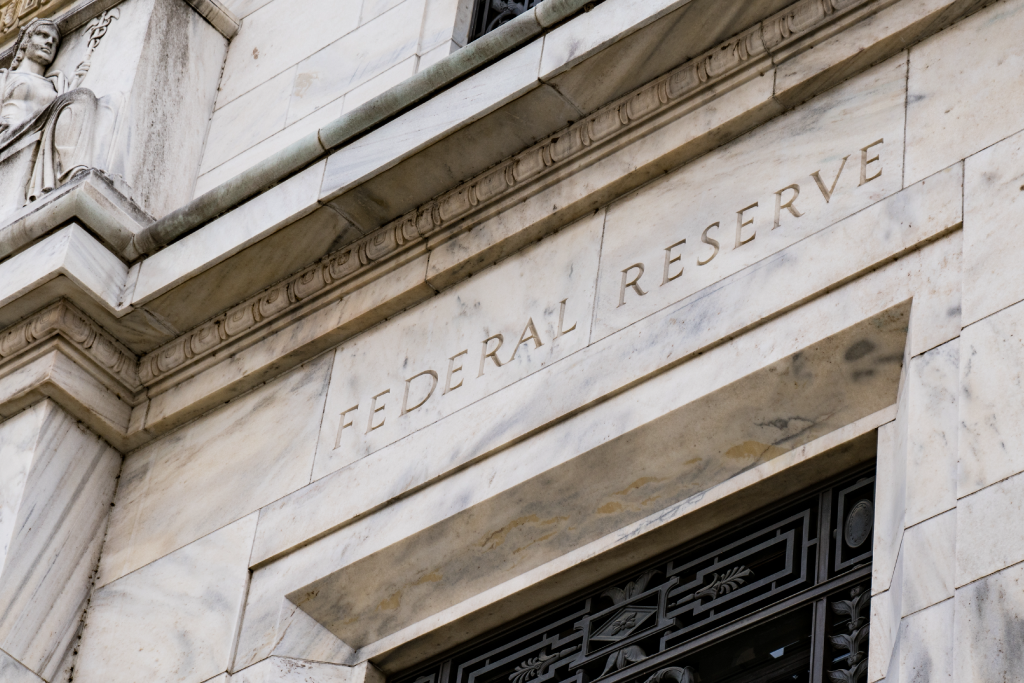Treasury Yields, Mortgage Rates Fall On Faster Than Expected Disinflation in May


Mortgage rates eased for the second week in a row. Although inflation remains above the Fed’s two-percent target, inflation is now easing more than expected and the labor market is nearly back where it was before the pandemic. While the Fed opted to keep the policy rate unchanged in June, the Fed chair acknowledged that it has made strides toward restoring the right balance between its goals of price stability and maximum employment over the past year.
Treasury yields and mortgage rates reflect expected economic activity and inflation. Consumers’ excess savings have fallen and personal consumption data from April suggested consumer spending is slowing down. Although the labor market remains on solid ground, it has gradually loosened and the unemployment rate has risen to 4%. Part of the support in the labor market has come from fiscal policy. In the housing market, high-for-longer interest rates have become more restrictive, causing potential buyers to pull back and resulting in a large increase in housing inventory when compared to a year ago. Zillow now forecasts that home values will decline in the next year.
The latest consumer price index data showed core inflation is easing faster than expected. Investors expect that further disinflation will lead to Fed rate cuts later this year. While the inflation numbers are a step in the right direction, the Fed will need to see more similar reports before acting to ease policy.
Expect more rate volatility ahead as the Fed and investors wait for more conclusive evidence of a return to low, stable and more predictable inflation.